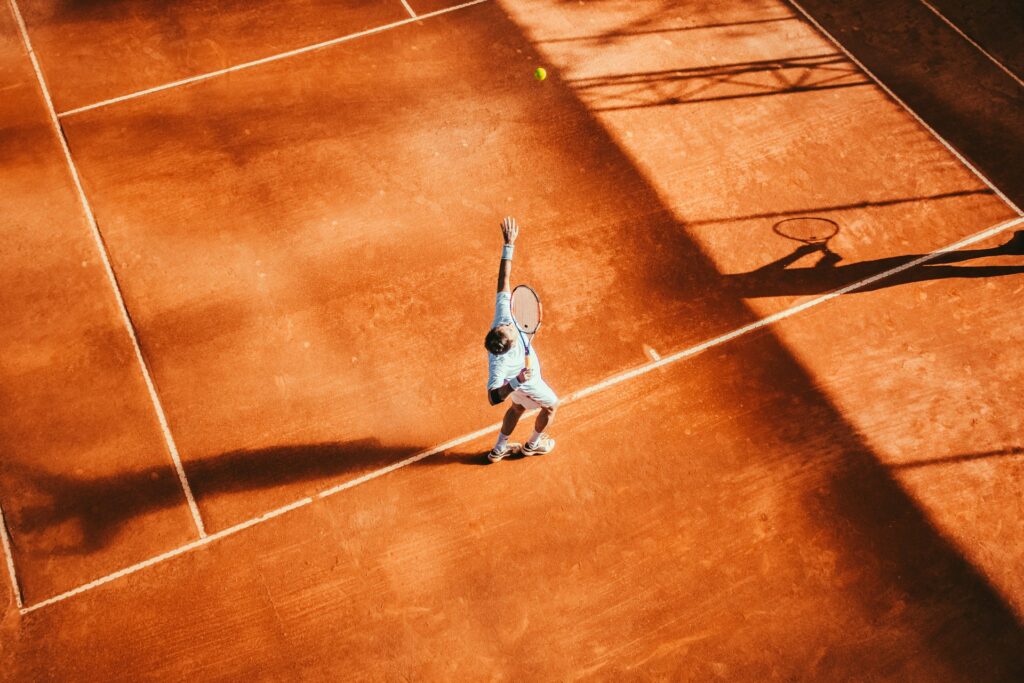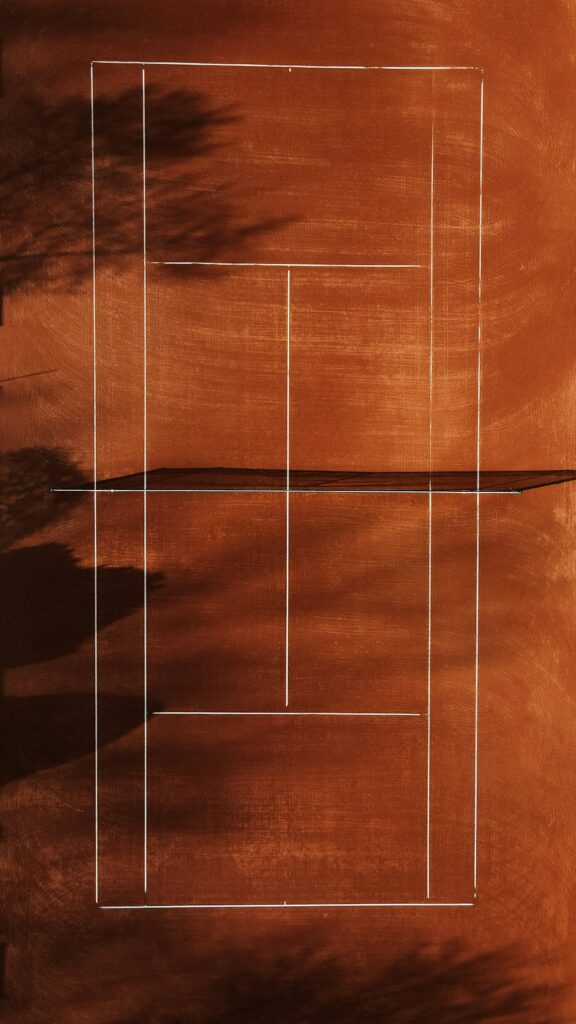Think extraordinary aces happen by accident? Think again. As we build up to the Wimbledon Championships, Sidelines spoke to a world-leading expert on the tennis serve.
Few actions in sport combine quiet grace and lethal power quite like the tennis serve. It can make or break a player’s match – and when Dr Mark Kovacs first began working in US tennis, it was letting their players down. It was his job to change it. Now, he is one of the world’s leading experts on the tennis serve and his scientific approach has helped stars to change their game – to the point where it contributed to one underdog beating Novak Djokovic.
But how did it all start?

The cupboards were bare,” is how Dr Kovacs explains the state of serving in US tennis when he arrived at the US Tennis Association 15 years ago.
“We looked at the analytics early on, and we knew that the serve obviously is so important.
“Historically, the US had pretty good servers. But over the period that I was there, the serve stats were down. And the juniors that we were looking at didn’t have a lot of great serves coming out,” Dr Kovacs says.
It was hampering progress, and Dr Kovacs – who would head up sports science and coaching education at the USTA – set about changing that. He spent about two years analysing tens of thousands of serves, running biomechanical models, and studying the physics of other sporting actions like baseball pitching and football quarterbacks. His approach, he says, was all about stripping the movement back down to fundamentals.
“Every coach coaches style, not many of them truly coach fundamentals. So I made the decision at that time that I would only talk on fundamentals, and I would let all the coaches talk on style”.
Dr Kovacs decided to start from the ground up, focusing on the physics and biomechanics of the serve.
He broke the motion down into an eight-stage model focusing on details like correctly loading energy through the back leg or even the degree of bend in the knee.
“We all see these great servers like Serena Williams, or Johnny Isner, or Roger Federer, and they all look different.
“But when you actually break it down in the eight stages, you actually see that they’re nearly identical at the fundamentals. So that was how that project came about – there was a need (to improve).”
Getting players to adjust their approach to the serve, Dr Kovacs says, can be challenging – and he recognises the risk they take by putting their trust in him.
“You have to understand the player’s personality. You have to understand their willingness to adapt or adjust. And you also have to ask yourself, what’s the risk-reward? If a player’s 30th or 40th in the world and making millions of dollars, are you going to implement a potential change that could move them to the top 10 if they do that? But it also could move them to 70th or 80th in the world or drop them outside the top 100 if they get flustered by the change.”
When it comes to the serve, he is honest with players trying to judge if the adjustments are a risk worth taking.
“If you don’t feel good the first day we do it – meaning that you feel like you get more power, you get more spin, it feels more effortless – It’s not the right change at this level.
“That’s the way you get the buy-in, because they actually feel it and see it on day one.”
So does his scientific approach really work? He says we don’t have to take his word for it – the data bears it out.
“We know baseline speeds, agility, change of direction, loads, forces, power outputs. So we see immediate improvement in those variables when you do some of this stuff right.
“You see those improvements significantly, both in the short term with immediate technical adjustments, but also in the medium term with structured periodized programming to focus in on the most important aspects.”

Dr Kovacs’ results speak for themselves. He is coy about the exact list of players he’s coached but does mention Czech star Jakub Menšík, who he worked with in 2024. At the 2025 Miami Open, Menšik inflicted a shock defeat on none other than Novak Djokovic to take the men’s singles title. His head coach Tomas Josefus said the improvement to his first serve was key to his success at the tournament.
“That’s sort of my world,” Dr Kovacs says as he sums up his role, “helping people in the dark and letting them do their thing when they get to the tournaments.”
When you tune into the Wimbledon Championships and see the elation, the sweat, and the glory, don’t forget the knee bends, biomechanics, and physics that can help players to the trophy.
Sidelines Recommends

Why yoga is sport’s secret weapon
Breathe in deep… and get ready to perform! Yoga is increasingly being adopted by top athletes looking to take their performance to the next level. Sidelines explores why… Far from being a hippy or cop-out form of exercise, yoga is becoming a training tool for…

Too hot to handle? A closer look at heat training
It’s getting hot in here! Sidelines hears from expert Dr Steve Mears about why athletes use heat training and how to do it safely. Exercising in 40-degree heat sounds like punishment. For elite athletes, it’s preparation. From the 2020 Olympics in Tokyo to the…

The “unforgettable experience” of the Wimbledon Queue
Combine queueing and Wimbledon, and you get the most British experience possible – but none of it would be possible without the stewards.




